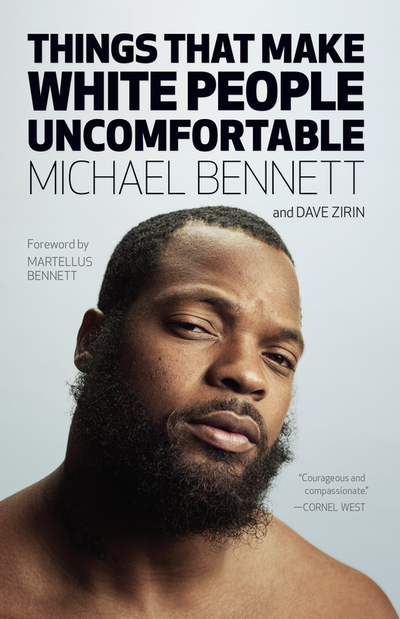As unions await a key Supreme Court decision, a simple plea: ‘Educators want their voices heard’
Across the country, frustrated and fed-up teachers have staged school walkouts to demand fair pay and adequate resources for public schools. One common denominator of these public actions: They occurred in states with laws that weaken unions and their ability to collectively bargain for better wages, benefits and working conditions — which, when it comes to public education, are teaching and learning conditions.
No student should attend schools with overcrowded classrooms that lack desks for every student, that function with textbooks as old as their parents and where the teachers’ salaries do not cover living expenses, forcing them to take second jobs.
Collective bargaining allows employers and employees to forge agreements on the basis of shared interests that address both parties’ priorities and concerns. Without bargaining rights, educators are left with few options to have their voices heard and are forced to take more public actions, such as protesting to lawmakers, to have their priorities addressed.
Any day now, the Supreme Court is expected to release its decision in Janus v. AFSCME Council 31. That ruling could eliminate requirements that workers represented by and benefiting from a union contribute to it financially through “fair-share fees,” depriving unions of funds they need to advocate on behalf of their members, thus weakening unions’ ability to advocate for better teaching and learning conditions.
Our organizations do not see eye-to-eye on all education issues, but we agree that teachers and students lose when teachers don’t have a collective voice to advocate for their profession and their students. Teacher unions give educators voice and ways to influence important issues and policies that directly benefit students, from protecting education funding to supporting teacher development and improving school climate. Education Week’s 2018 Quality Counts data showed that the top 10 states in educational performance have high union density, whereas the bottom 10 states have low density. Data clearly show that students perform better where teachers are more fairly compensated, because higher salaries attract more-qualified people to the profession and help keep them in the classroom.
And while some groups are dedicating millions of dollars to weakening public employee unions, these efforts are out of step with Americans, particularly teachers. A recent Associated Press poll of Americans found that nearly two-thirds approve of national teacher unions. Educators for Excellence recently released the initial findings of a survey of educators from across the country showing that a vast majority of teachers believe teacher unions are essential. The survey found that 85 percent of teachers regard unions as Continue reading: As unions await a key Supreme Court decision, a simple plea: ‘Educators want their voices heard’ - The Washington Post








.png?w=1500&ssl=1)









